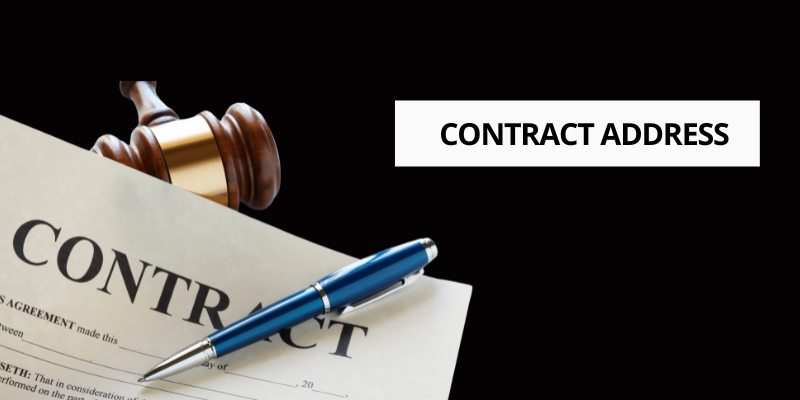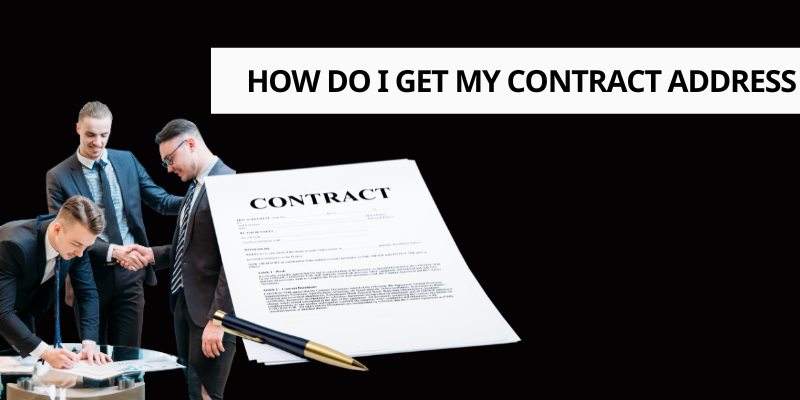How Do I Get My Contract Address? Your Easy Guide to Finding It
If you’re scratching your head wondering, “How do I get my contract address?” you’ve landed in the right spot. A contract address is your gateway to interacting with smart contracts on the blockchain, whether you’ve built one yourself or need it for a token you’re using. In this guide, we’ll unravel the mystery and show you how to track it down without breaking a sweat. Let’s jump in!
Contents
Understanding the Contract Address
First things first—what’s a contract address? It’s a unique identifier, a bit like a digital fingerprint, assigned to a smart contract when it hits the blockchain. This could be for a token, a decentralized app, or any self-executing code. Unlike your personal wallet address, this one points to the contract’s location on networks like Ethereum or Polygon. Knowing how to find it is essential, so how do I get my contract address? Here’s the scoop.
How Do I Get My Contract Address After Creating One?
If you’ve just rolled out your own smart contract—maybe using Truffle or a coding platform—the blockchain assigns it an address the moment it’s live. Picture this: you’ve written your code, hit deploy, and paid the gas fee. Once the network processes it, the address appears tied to that transaction. Most development tools, like Truffle’s console or a platform’s interface, will flash this address right after deployment. It’s yours to grab—jot it down or store it securely.

Missed that step? No panic needed. Dig into the transaction details using a blockchain explorer. For Ethereum, try Etherscan; for Polygon, Polygonscan works wonders. Plug in the transaction ID from your deployment—usually saved in your wallet or tool—and look for the “Contract Created” section. There’s your address, ready to roll!
Tracking Down a Token’s Contract Address
Now, how do I get my contract address if I’m not the one who made it? Say you’re dealing with a popular token like DAI or a new gem you’ve stumbled across. Start with the project’s official hub—its website or socials like Telegram. Developers often pin the address there for transparency. For example, MakerDAO’s site lists DAI’s address clearly for Ethereum users.
Don’t have the official link handy? No problem. Platforms like CoinGecko or CryptoSlate list token details, including contract addresses, under their profiles. Search the token name, find the blockchain it’s on, and copy the address listed. It’s a quick win—just ensure you’re on the right network, since tokens can live on multiple chains with different addresses.
You can also lean on explorers directly. Type the token’s name into BscScan for Binance Smart Chain tokens, or Solscan for Solana-based ones, and the address will surface on the token’s page. It’s a reliable way to confirm you’ve got the real thing.

Checking Via Your Wallet
Here’s another angle to answer “How do I get my contract address?”—your wallet. If you’ve added a token to something like Trust Wallet or MetaMask, the address is already in play. Open your wallet, find the token under your assets, and tap the option to view it on the blockchain explorer. That link takes you straight to the contract address. It’s a handy shortcut when you’re already set up.
Why It’s Worth the Effort
Getting your contract address isn’t just a tech chore—it unlocks possibilities. Use it to verify a token’s authenticity, integrate it into a dapp, or add it to your wallet for trading. A quick tip: always double-check the address against trusted sources. Fake addresses are a scammer’s favorite trick, so stay sharp.
So, how do I get my contract address? Whether you’ve deployed your own contract or need one for an existing token, it’s all about knowing where to look: deployment tools, explorers, project sites, or your wallet. With these steps, you’re equipped to find it fast and use it wisely. Got a blockchain project in mind? Go snag that address and make it work for you today!